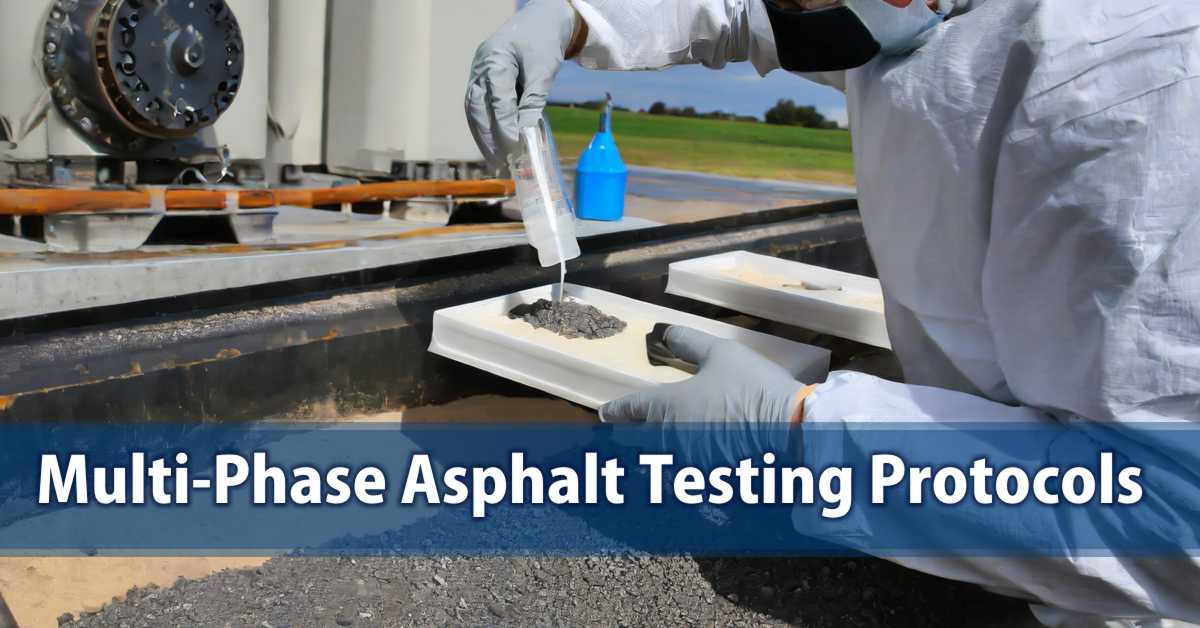Asphalt density testing measures the compactness of asphalt mixtures, which is critical for determining a road’s durability. Density affects load-bearing capacity and resistance to deformation. The two main methods used are core testing and nuclear density gauge.
- Core Testing involves extracting asphalt samples, weighing them, and calculating their density.
- Nuclear Density Gauge measures density by using gamma radiation to detect the compactness of the asphalt.
Roads with optimal density have reduced cracking, improved lifespan, and can handle heavier traffic. According to the National Asphalt Pavement Association (NAPA), roads with proper density last 20-50% longer.
How Does Marshall Stability Testing Assess Asphalt Strength?
Marshall Stability Testing evaluates the load-bearing strength and flexibility of asphalt. This test simulates the stress caused by vehicles on the road and determines the asphalt’s stability and flow value.
- Stability: Indicates the asphalt’s capacity to withstand stress without deformation.
- Flow Value: Measures the flexibility of the asphalt when subjected to stress.
A balance between stability and flexibility is crucial, especially for roads with heavy traffic. Roads subjected to the Marshall Stability Test show better performance and reduced wear, according to a report by the Federal Highway Administration (FHWA).
What is Asphalt Permeability Testing, and Why is it Critical for Water Resistance?
Asphalt permeability testing determines the ability of water to pass through the asphalt, which is essential for assessing its water resistance. Asphalt with high permeability allows water to seep in, leading to damage over time.
The Falling Head Permeameter is commonly used to measure permeability, determining how easily water infiltrates the asphalt. Low-permeability asphalt is crucial in areas with high rainfall to prevent water from weakening the subbase and causing premature failure. The American Society for Testing and Materials (ASTM) recommends low-permeability values of less than 10^-5 cm/sec for durable asphalt pavements.
What is Indirect Tensile Strength (IDT) Testing?
Indirect Tensile Strength (IDT) testing measures asphalt’s resistance to tensile forces, which cause cracking. It is performed by compressing a cylindrical sample horizontally until cracks form, giving insight into the asphalt’s flexibility.
- Tensile Strength: High tensile strength prevents cracking.
- Fatigue Resistance: Roads with high fatigue resistance last longer under repeated traffic loads.
This test is especially important in cold climates where asphalt experiences frequent expansion and contraction. According to research by the National Center for Asphalt Technology (NCAT), roads with high tensile strength show 30% fewer cracks in freezing temperatures.
How Does Rutting Resistance Testing Ensure Road Durability?
Rutting resistance testing measures how well asphalt resists deformation caused by heavy traffic. The test uses a Wheel Tracking Test to apply repeated pressure, simulating actual traffic conditions.
- Rutting Depth: The depth of the rut formed during the test reflects the asphalt’s resistance.
Rutting is a significant problem in high-traffic areas, leading to depressions in the road that can accumulate water and decrease safety. Studies by the Transportation Research Board (TRB) show that roads tested for rutting resistance show up to 40% less deformation over time.
